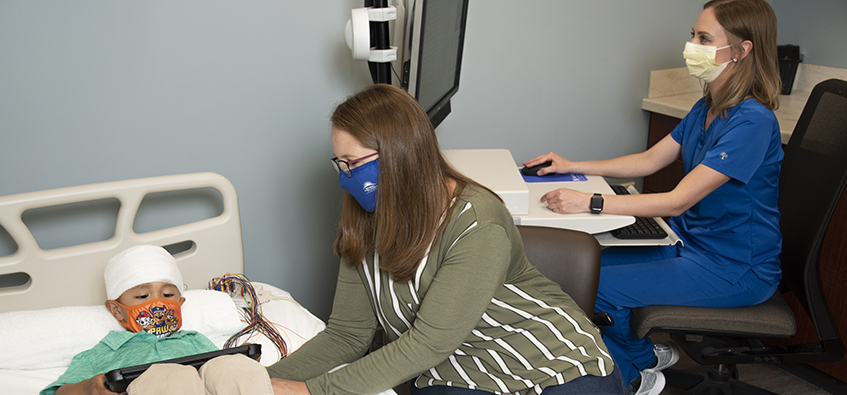
Artifacts are common during the wakeful EEG, and one of the first hurdles of EEG interpretation is distinguishing these from cerebral signal. “EEG (electroencephalogram).” The Mayo Clinic. “Electroencephalogram (EEG).” Johns Hopkins Medicine. We have access to the latest in imaging technology and our specialists are up to date on the most recent treatment options. Our neurologists are trained specialists and work with your primary care physicians to develop a treatment plan personalized for you. Write down any questions you may have, and don’t be afraid to ask them. In these cases, try to bring along a friend or loved one-EEG results can be detailed, and absorbing all the information you’re given can be tough. Your doctor may schedule an appointment to discuss the results. (Your doctor can use the combination to help diagnose any conditions you may have)įrom here, a specialist will interpret the results send them back to the doctor who ordered the EEG (if that’s not the same doctor who administered it). Video is often recorded during the test as the EEG simultaneously records your brain waves.You will relax in a comfortable position, with your eyes closed.Flat discs (electrodes) will be attached to your scalp using an adhesive.(This may involve a scrub with a gritty cream to improve recording quality) Your scalp will be measured and marked for the place where electrodes will be attached.During the test itself, a few things to expect include: If your doctor gives you directions about reducing sleep the night before the test, follow them. Not fasting the night before or the day of the procedure (this can lower blood sugar levels and influence results).Abstaining from eating and drinking anything that contains caffeine 8 to 12 hours before the test.Washing your hair the night before the test (do not use any conditioners, creams, gels or sprays).They may direct you to stop taking certain medications.You’ll also need to inform your doctor of any medications or supplements you’re taking. Initial doctor visit: Your doctor will explain the procedure to you and you can ask any questions you may have.Preparing for an EEG may require a few different steps, which can include: Certain medications, including sedatives.Lights, particularly bright or flashing ones.Body or eye movements during the test (rarely an interfering factor).
:max_bytes(150000):strip_icc()/3014879_color-5bbbc09fc9e77c00514e2d7d.png)
Low blood sugar (hypoglycemia) caused by fasting.If there are any other risks in your individual case, your doctor will discuss these with you.Ī few factors or prior conditions can interfere with EEG readings, however. An EEG can cause seizures in people with seizure disorders, but in some cases of epilepsy, a seizure is intentionally triggered. The EEG is considered safe and has been used for many years, and it causes no noticeable discomfort.

These include:ĮEGs may also be used to confirm brain death in someone in a persistent coma, or to help monitor blood flow in the brain during surgery. Your doctor will typically evaluate about 100 pages or computer screens of brain activity, looking for basic waveform, bursts of energy and responses to stimuli like flashing lights.ĮEGs are used to evaluate several different types of brain disorders. These electrodes are able to detect tiny electrical charges that result from brain cell activity-these charges are amplified and projected as a graph on a computer screen or piece of paper. This test is called an electroencephalogram, or an EEG.ĭuring an EEG, electrodes made up of small discs and thin wires are attached to your scalp. In order to diagnose the condition caused by these interruptions, your doctor will perform a test that detects electrical activity in the brain. Interruptions to these impulses can cause several problems in the brain. Your brain cells communicate via electrical impulses, even while you sleep.


 0 kommentar(er)
0 kommentar(er)
